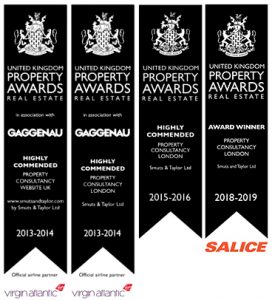New infrastructure has always had an influence on property growth, the impact of Crossrail on the property market is a solid reminder of how stations along the route have outperformed non-Crossrail locations over the past decade.
According to new research by property crowdfunding platform, Property Partner, average house prices have rocketed near stations along Crossrail since the South East infrastructure project was announced a decade ago.
Key Findings
- 60% of areas around stations on the new Elizabeth line have seen higher than average house price rises in the past ten years.
- 24 out of 40 locations near the Crossrail stations have benefitted from above average rises compared to property price increases in the rest of the South East of England since 2007 (an average of 41%)
- Reading – which boasts the outermost station on the western part of the new line – is £425,804, an increase in price of more than a third (35.7%) over the past decade. Areas closer into London, areas like Hanwell (59.21%), West Ealing (56.82%), Ealing Broadway (57.48%) and Acton Mainline (57.70%) have experienced high property price growth.
- Over the past decade, all 40 stations along the new Elizabeth line have achieved nearly double the average house price rise (almost 25%) in England – the average property price increase is 48% over ten years, to a current value of more than £530,000.
- The areas around central London stations Tottenham Court Road and Bond Street have seen the biggest rises (of almost 66% each) with average property values now at more than £1.7 million.
- More affordable areas in South East London have also experienced massive increases – for example Abbey Wood saw a 61% rise to £289,468 over the past decade.

